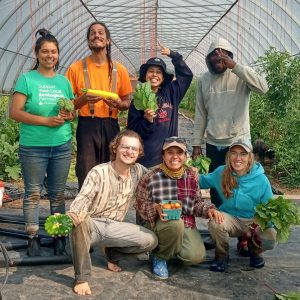What is Permaculture?
Permaculture is an approach to land management and settlement design that adopts arrangements observed in flourishing natural ecosystems. It includes a set of design principles derived using whole-systems thinking. It applies these principles in fields such as regenerative agriculture, town planning, rewilding, and community resilience. The term was coined in 1978 by Bill Mollison and David Holmgren, who formulated the concept in opposition to modern industrialized methods, instead adopting a more traditional or "natural" approach to agriculture.
The Permaculture Drylands Institute says permaculture is about working with nature. It’s a sustainable design that connects humans, plants, animals, and Earth. It’s all about creating efficient, small-scale systems that use nature’s power, not fossil fuels.
Permaculture as a Design Methodology
As a permaculture design methodology, it looks at nature’s patterns to build sustainable systems. The goal is to make big changes with small actions. This way, permaculture systems can keep producing without end.
“Permaculture combines disciplines from agriculture and horticulture, such as landcare (soil conservation, agroforestry, organic farming), integrated farming systems (aquaculture, intercropping, trellising), gardening techniques (crop rotations, composting), and appropriate technology (water collection, energy systems).”
Permaculture in Urban/Suburban Areas
Permaculture is a way to live sustainably, even in cities and suburbs. It focuses on three main things: fixing the water cycle, making soil fertile, and growing diverse plants. This approach can turn small areas into lush, green spaces.
Restoring the Water Cycle
In cities and suburbs, water doesn’t flow naturally because of hard surfaces like concrete. Permaculture helps by using rainwater collection, greywater systems, and making soil absorb more water. These methods help water flow naturally again.
Building Soil Fertility
Good soil is key for permaculture gardens in cities and suburbs. No-till gardening, layering, and mulching are some ways to keep soil healthy. These methods help soil stay rich in nutrients, even in tight spaces.
Cultivating Productive Plant Communities
Permaculture aims to create plant communities like nature’s own. This is done by planting without rows, using long-lasting plants, and setting up polycultures. These strategies help plants grow well together and attract helpful animals.
Resources:
Wikipedia
Permaculture Practice
Permaculture Drylands Institute



